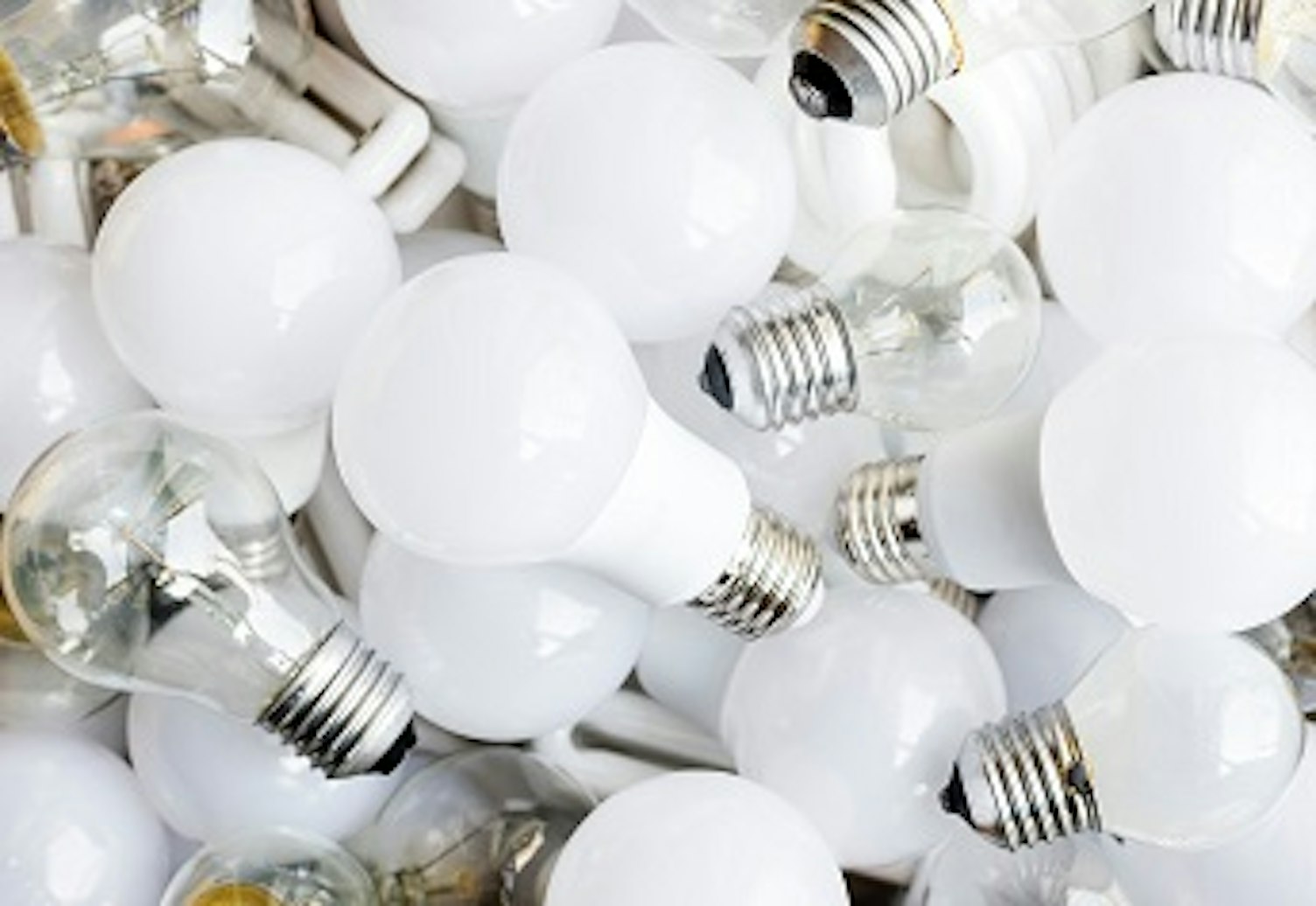
Under RoHS Directive, electrical and electronic equipment whose content of hazardous substances exceeds the limit requirements shall not be put on the EU market, except if time-limited and application-specific exemptions are granted by the Commission. The exemptions for all EEEs are listed in Annex III, meanwhile, the exemptions in Annex IV are only suitable for medical devices and monitoring and control instruments.
A limited number of exemptions for the use of mercury in specific lamp categories, such as fluorescent lamps, are currently listed in the Directive. Most of these exemptions for general lighting will be discontinued as assessments conducted by the Commission since 2016 concluded that safe, mercury-free alternatives are widely available for fluorescent lamps.
The European Commission has adopted 12 delegated acts on 16 December 2021, ending a broad range of existing exemptions for the use of mercury in lamps. The new rules aim to increase the protection of health and the environment form this hazardous substance, as well as boost innovation and promote cleaner products.
On a case-by-case basis, transition periods of 12 and 18 months will be granted to allow economic operators to adjust to the new rules. For certain lamp categories, mainly for special purposes like in the industrial or medical sector, for which sufficient reliable mercury-free substitutes are not yet available, time-limited exemptions to use mercury are still granted, under the restrictive conditions set by the RoHS Directive.
12 delegated acts adopted by the European Commission are as follows:
- 1(a)-(e): single capped (compact) fluorescent lamps for general lighting purposes
- 1(f): single capped (compact) fluorescent lamps for special purposes
- 1(g): single capped (compact) fluorescent lamps for general lighting purposes < 30 W with a lifetime equal to or above 20,000 h
- 2(a)(1)-(5): double-capped linear fluorescent lamps for general lighting purposes
- 2(b)(3): non-linear tri-band phosphor lamps
- 2(b)(4): fluorescent lamps for other general lighting and special purposes
- 3(a)-(c): cold cathode fluorescent lamps and external electrode fluorescent lamps for special purposes
- 4(a): other low-pressure discharge lamps
- 4(b): high pressure sodium (vapour) lamps with improved colour rendering index Ra > 60 for general lighting purposes4(c) I-III: other high-pressure sodium (vapour) lamps for general lighting purposes
- 4(e): metal halide lamps
- 4(f): other discharge lamps for special purposes
Following their adoption by the Commission, the 12 delegated acts will be submitted to the European Parliament and the Council. Both co-legislators have two months to either accept or reject the acts – a process which can be extended by a further two months, if needed. Based on the applicable legal provisions, the co-legislators do not have the possibility to amend the delegated acts. After final adoption, Member States will have six months to transpose them into their national legislation.
With a proven track record in product safety certification, SGS’ global network of RoHS accredited labs and specialists are the ideal partner to verify your compliance to RoHS.
Please contact our Customer Service Team for more information!
To obtain a copy in PDF, please click here.
Units 303 & 305, 3/F, Building 22E,
Phase 3, Hong Kong Science Park,
Pak Shek Kok, New Territories,
Hong Kong, China